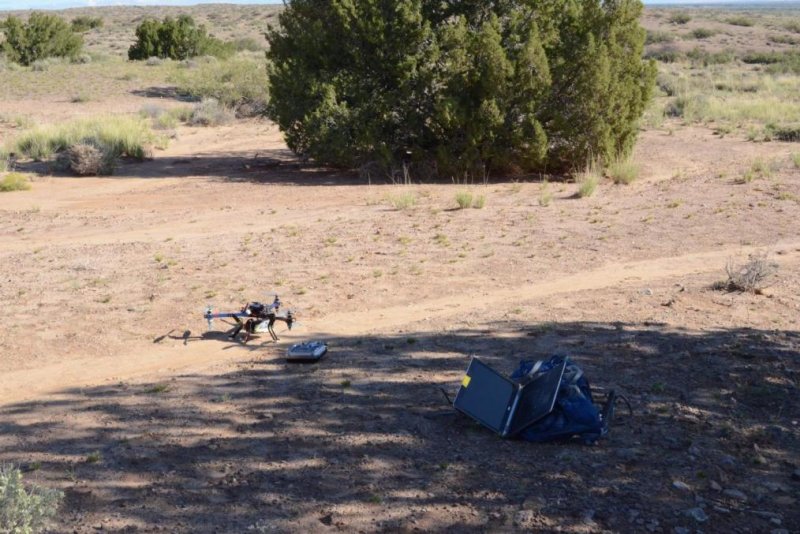EXETER, England, June 7 (UPI) -- Better environmental modeling is just a cheap camera and drone away, according to researchers at the University of Exeter.
Exeter scientists designed new analytical tools for drone-based surveys. The tools are expected to be especially useful for ecologists and land managers who monitor dryland ecosystems.















